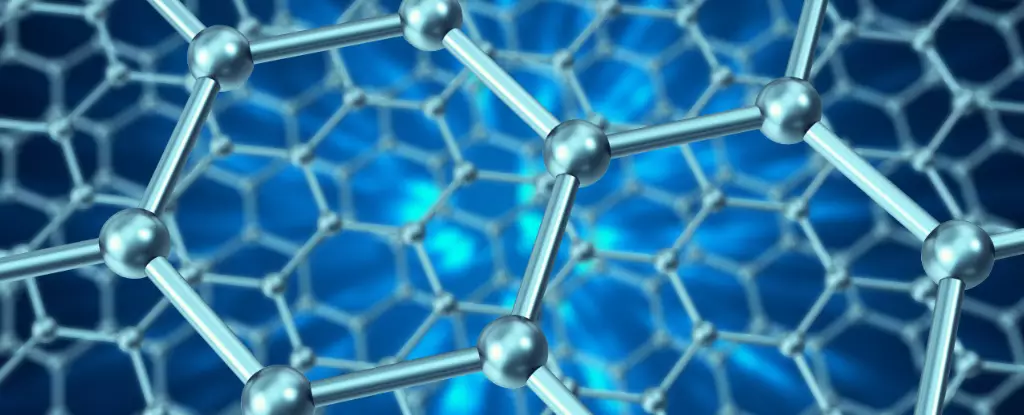Graphene, a single layer of carbon atoms arranged in a hexagonal lattice, has garnered significant attention for its remarkable electrical, mechanical, and thermal properties. Discovered in 2004, this two-dimensional material has been the focal point of scientific inquiry due to its potential applications in various technologies, including electronics, energy storage, and quantum computing. Unlike traditional conductors like copper, graphene holds free-moving electrons that can exhibit unusual behaviors under specific conditions. Understanding graphene’s electron dynamics is becoming increasingly crucial as researchers push the boundaries of material science and quantum mechanics.
Recent research conducted by an international collaboration involving teams from the University of British Columbia, the University of Washington, Johns Hopkins University, and the National Institute for Materials Science in Japan has brought to light a newfound state of matter linked to the intricate behavior of electrons in graphene. The study explores how electrons engage in unexpected dynamics when subjected to unique crystal formations, supporting established theories that predict distinct behaviors in various electronic states. This discovery could pave the way for advances in quantum computation and, perhaps, even room-temperature superconductivity.
At the heart of their findings lies the manipulation of graphene flakes through a method involving twisting. By stacking these flakes and inducing a moiré pattern—a visual effect akin to ripples created when two grids are overlaid—the researchers were able to disrupt electron movement. The moiré effect, common in everyday observations such as mesh patterns, operates on microscopic levels in this scenario; the resulting geometry plays a critical role in how electrons interact with their environment. This induced structure can lead to the formation of a Wigner crystal, a state where electrons become spatially confined, allowing researchers to study the ordered arrangement of these particles in greater detail.
One of the most striking revelations from this research centers on the paradox of conductivity within the Wigner crystal formed in graphene. Traditionally, one would expect that as electrons cool and become ‘frozen’ into a structured array, their ability to conduct electricity would diminish. However, the study reveals an intriguing anomaly: the restructured electronic landscape allows for conductivity to persist, particularly along the edges of the material. This unexpected behavior challenges conventional notions of how structured electron systems should perform, compelling physicists to reconsider and revise existing models.
The newfound properties observed in this topological electronic state have profound implications for future technologies, especially in the realm of quantum computing. The researchers note that new topological phases of matter could serve as the basis for developing more stable qubits, units of quantum information that are less prone to interference from their environment compared to conventional systems. By leveraging the peculiarities of twisted graphene, scientists could unlock innovative pathways toward achieving reliable quantum computational methods.
The fascinating implications of manipulating graphene suggest that this is merely the beginning. By investigating configurations that resemble a Möbius strip, for example, the scientific community may unravel an entirely new dimension of electron quasiparticles and their associated physics. Such explorations could not only provide deeper insights into the fundamental nature of electrons but also significantly enhance the capabilities of future electronic devices.
This research underscores the importance of graphene as a material not only with unique intrinsic properties but also as a versatile system for exploring complex quantum effects. As scientists decode the mysteries behind these new states of matter, the path toward revolutionary advances in technology seems more promising than ever. The intersection of material science and quantum physics continues to challenge our understanding while sparking imaginative possibilities for innovations that can transform the technological landscape.

